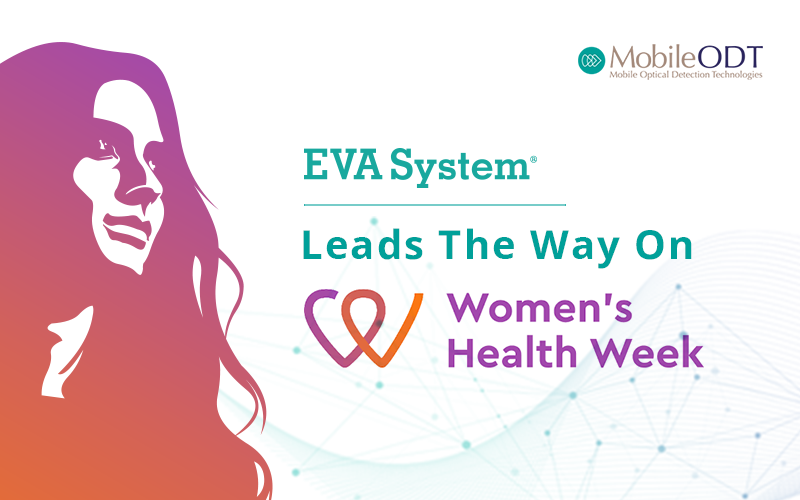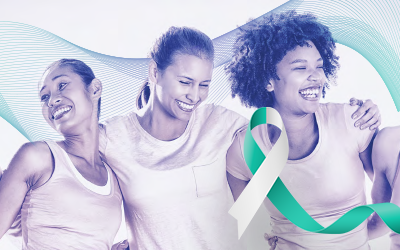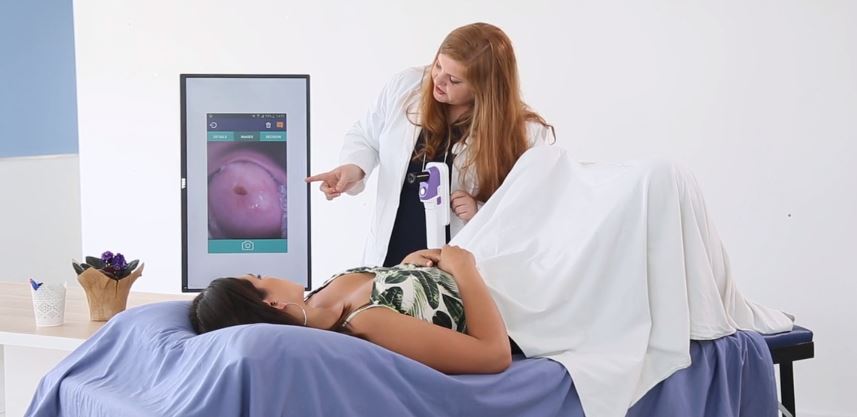RESOURCES
See the latest women’s health
insights, stories, and research.

Resources
See the latest
women’s health
insights, stories, and
research.

EVA Leads The Way On Women’s Health Week 2022
Cervical cancer results in over 311,000 annual deaths, making it the 4th most common cancer among women worldwide.
Read More
The Future of Cervical Cancer Prevention
Twenty-five years ago I was honored to be part of the development of VIA as the screening component for cervical...
Read More
Coffee that cares – Corporate social responsibility and cervical cancer screening
In the face of growing awareness of the impact that their operations play beyond the bottom line
Read More
Top 5 challenges facing OBGYNs
Although clinicians aim to provide the best service possible, OBGYNs worldwide continue to face
Read More
Are women winning in 2020? – a snapshot of women’s health
Being a woman should not be a health risk, but for millions of women around the world
Read More
When it’s not abuse: things that mimic sexual abuse in pediatric forensic exams
Assessing cases of child abuse is certainly no easy task.A major focus of determining whether or not abuse has occurred
Read More
Why your patients are using apps to manage their healthcare
It seems that everything is available online these days, even healthcare.An increasing number of women are turning to digital healthcare...
Read More
See for yourself – How 3D and real-time visual assessment tools improve patient outcomes
By using visual assessment tools to educate patients at the point of care
Read More
EVA Leads The Way On Women’s Health Week 2022
Cervical cancer results in over 311,000 annual deaths, making it the 4th most common cancer among women worldwide.
Read More
The Future of Cervical Cancer Prevention
Twenty-five years ago I was honored to be part of the development of VIA as the screening component for cervical...
Read More
Coffee that cares – Corporate social responsibility and cervical cancer screening
In the face of growing awareness of the impact that their operations play beyond the bottom line
Read More
Top 5 challenges facing OBGYNs
Although clinicians aim to provide the best service possible, OBGYNs worldwide continue to face
Read More
Are women winning in 2020? – a snapshot of women’s health
Being a woman should not be a health risk, but for millions of women around the world
Read More
When it’s not abuse: things that mimic sexual abuse in pediatric forensic exams
Assessing cases of child abuse is certainly no easy task.A major focus of determining whether or not abuse has occurred
Read More
Why your patients are using apps to manage their healthcare
It seems that everything is available online these days, even healthcare.An increasing number of women are turning to digital healthcare...
Read More
See for yourself – How 3D and real-time visual assessment tools improve patient outcomes
By using visual assessment tools to educate patients at the point of care
Read More







